How to improve your flexibility, according to physiotherapists
Discover how to improve your flexibility, protect your joints and level up your fitness with our expert-led guide
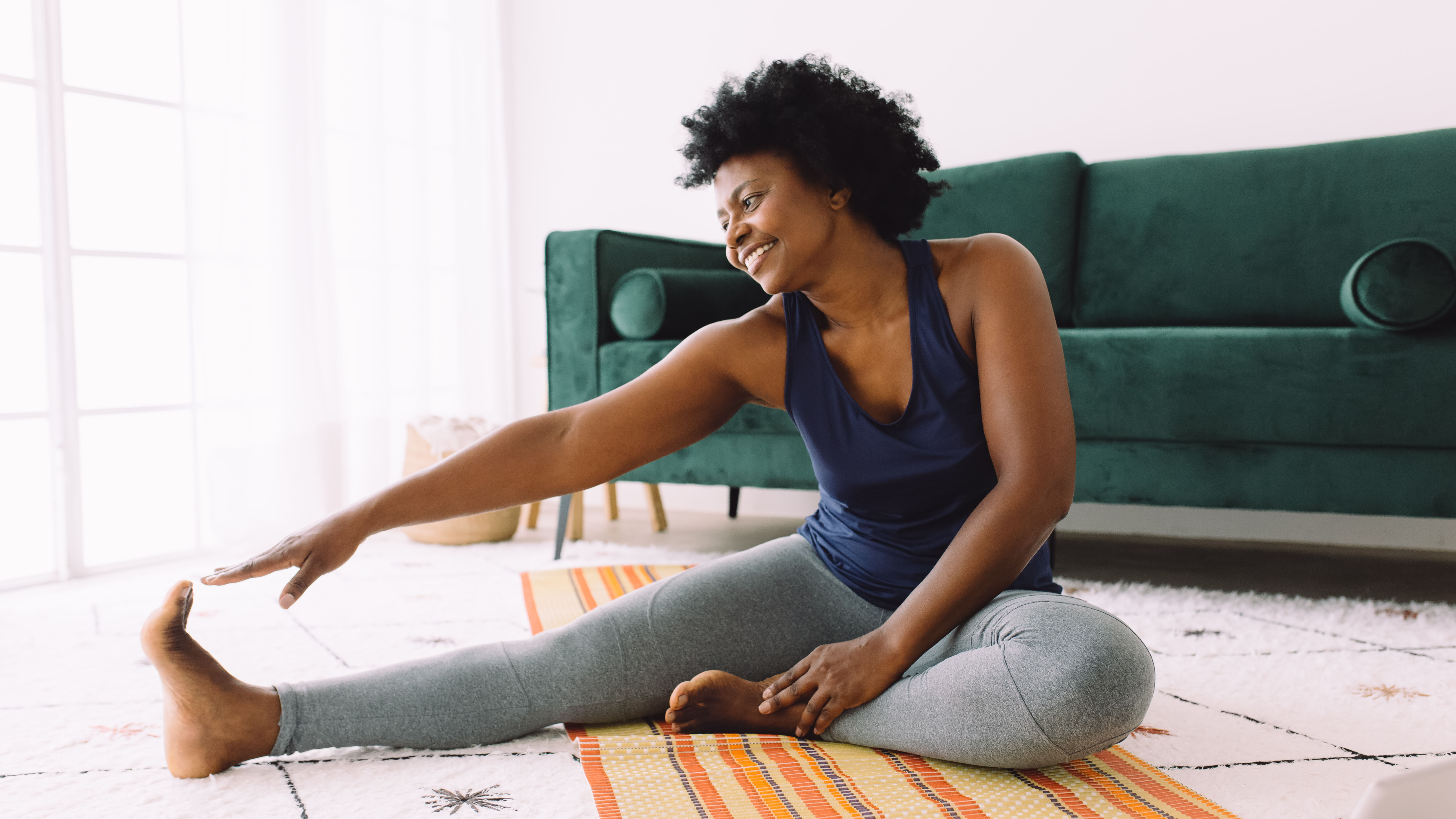
Whether you’re a beginner exerciser or a seasoned pro in the gym, you will want to know how to improve your flexibility. Supple joints will not only help to prevent injury, they will also allow you to maintain a full range of motion as you age.
The good news is that it’s possible to improve your flexibility, so if you struggle to touch your toes, don’t despair. You could take up yoga and Pilates, for example, and make use of blocks, straps, and the best yoga mats to help you master poses and improve your reach.
But there are other ways to help boost your range of motion, too, including stretching and foam rolling, so we asked phyisotherapists how you can measure and improve your flexibility.
Why is flexibility important?
“If you lack flexibility in the movement you are trying to perform, other muscles have to activate to compensate for the lack of flexibility and this can lead to injury,” says physiotherapist Phil Evans.

Phil Evans is the lead physiotherapist at Urban Body, UK. He qualified in 2008 with an MSc in Physiotherapy from University of Birmingham. He has over a decade’s worth of experience treating a variety of injuries and working with professional sports bodies.
“By stretching your muscles, you are counteracting the overloaded muscle, meaning you’ll have a greater range of movement as well as greater control over that movement.
“You’ll also likely improve your posture and reduce any aches and pains you may suffer from. No matter what movement you’re doing, you can perform it better and feel better if your muscles are more flexible.”
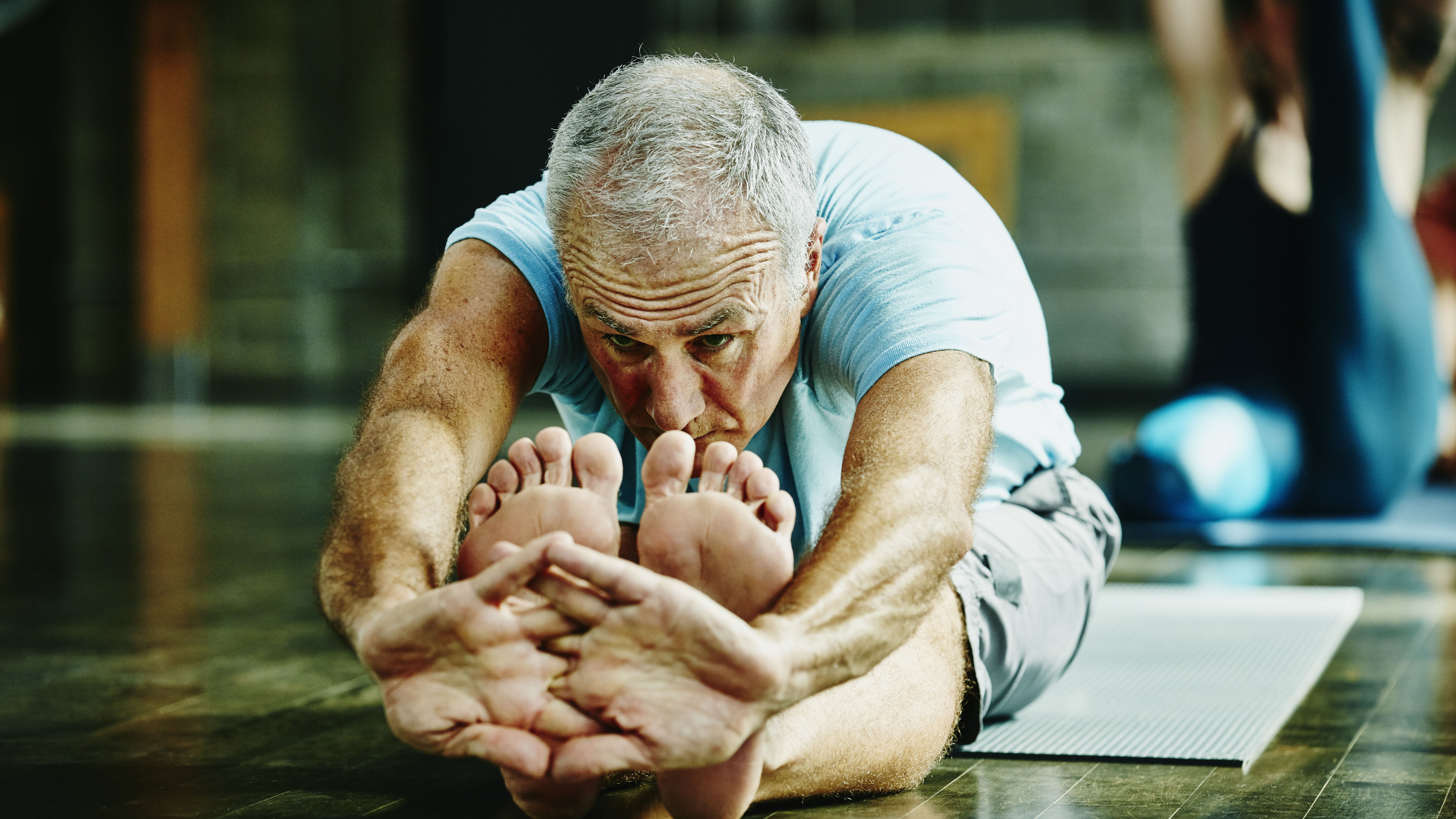
What’s a good way to measure your flexibility?
There are a number of different flexibility tests but three are most important: shoulder stretch, trunk lift test and the sit-and-reach test. We asked chartered physiotherapist Katie Knapton to explain.
Get the world’s most fascinating discoveries delivered straight to your inbox.

Katie Knaption is the founder of Physio Fast Online. She is a chartered physiotherapist with over 30 years of musculoskeletal experience within the NHS and latterly in her own private practice in West Sussex.
Shoulder stretch
“The person being tested reaches over their shoulder and down their back with one hand whilst reaching their other hand up and back to try and touch the fingers of the hands together,” says Knapton. “The distance between the hands or the amount of overlap is then measured.”
Trunk lift test
“The person who is going to be tested lies prone on the floor, with their face down and lifts the upper body off the floor and holds this position,” says Knapton. “The height of the chin to the floor is then measured. This tests not only flexibility but also strength.”
Sit-and-reach test
“There are lots of variations to this test but the most simple and easy to evaluate is simply flexing at the hips to touch the floor while maintaining straight knees,” says Knapton. “Then, the distance from the floor is measured or how much of the hand touches the floor is noted.
“A more recognised way is when it is performed seated with legs extended and straight about (8 to 12 inches apart) while the person being tested reaches forward with their hands overlapping. The distance reached is measured using a line marked on the floor.”
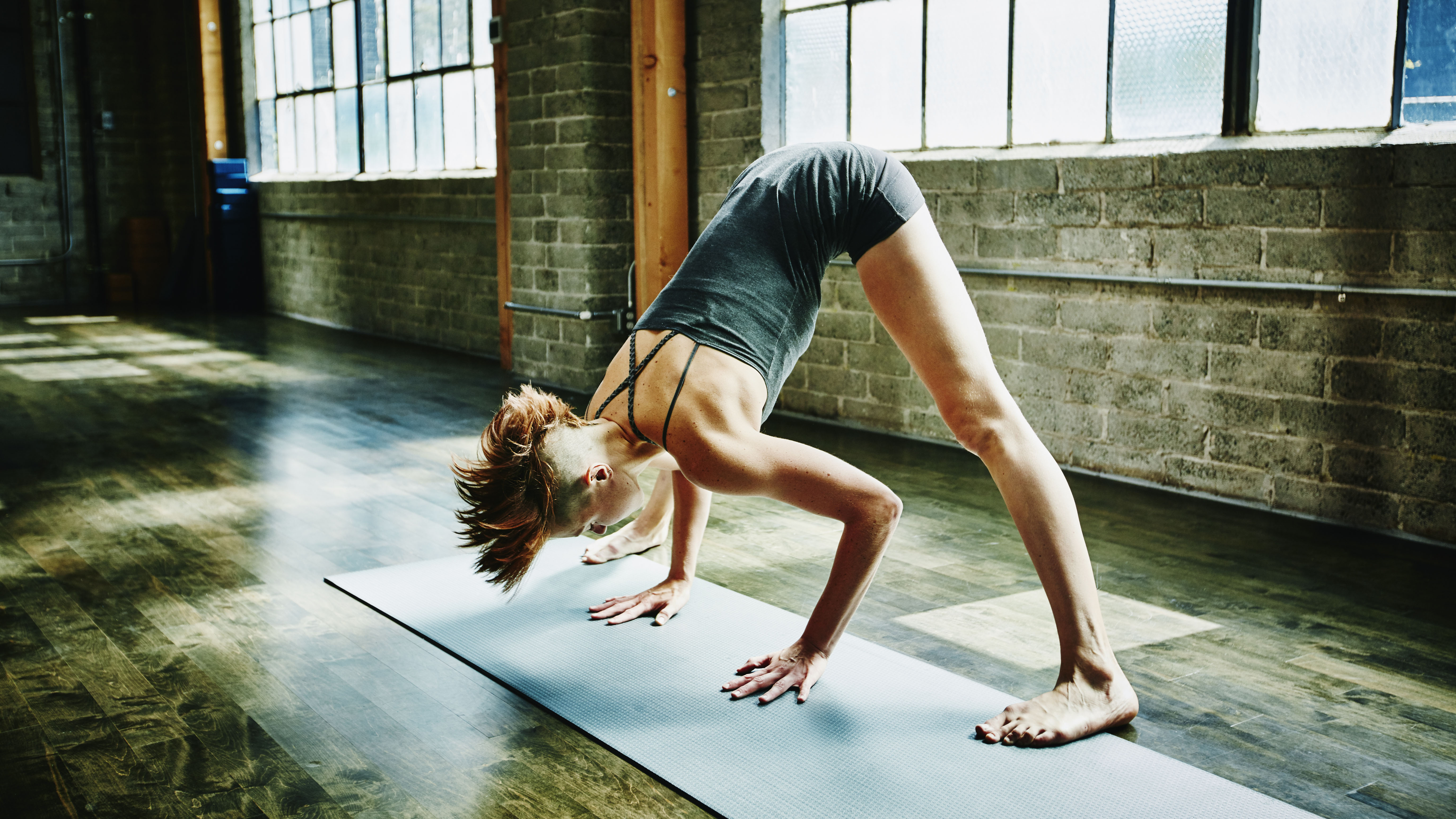
Four ways to improve your flexibility
Consistency is key if you want to improve your flexibility. You might need to take up some new exercises or introduce some stretches to your usual workout routine. Here’s what the experts recommend.
1. Take up Pilates
“Pilates is fantastic for making you more flexible and mainly involves mat-based stretches,” says Evans. “It improves your core strength and stress levels and it has a significant impact on your flexibility. Core strength in particular is vital for a good range of motion, especially as we age, so Pilates is an ideal way to work on this.”
A study published in the Baltic Journal of Health and Physical Activity showed that core strength training can improve flexibility and dynamic balance in sedentary people. The results of a six-week core strength exercise program showed significant improvements in lower back flexibility and lateral flexion, as well as overall dynamic balance.
2. Start foam rolling
You may associate foam rolling with a post-workout strength training session. But research shows that it can also be an effective tool in helping promote flexibility and therefore boost performance, as it helps to reduce muscle knots in the tissue.
A study published in Frontiers in Physiology sought to determine changes in performance, flexibility, and muscle pain both before and after foam rolling.
It showed that foam rolling was an effective strategy for short-term improvements in flexibility and didn’t decrease overall muscle performance.

3. Try yoga
“Yoga relies on improving your strength, flexibility and breathing through a series of increasingly difficult stretches,” says Evans.
A study by the International Journal of Yoga revealed that participants who took up a 10-week long, bi-weekly yoga practice, saw a significant increase in their flexibility and balance, specifically in their shoulder flexibility and their sit reach.
“Yoga is also designed to improve your mental wellbeing as well as boosting your health,” adds Evans.
4. Perform stretches before and after training
In addition to more general types of exercise, you could try introducing certain stretches before or after a workout. We asked Evans to outline a couple of examples.
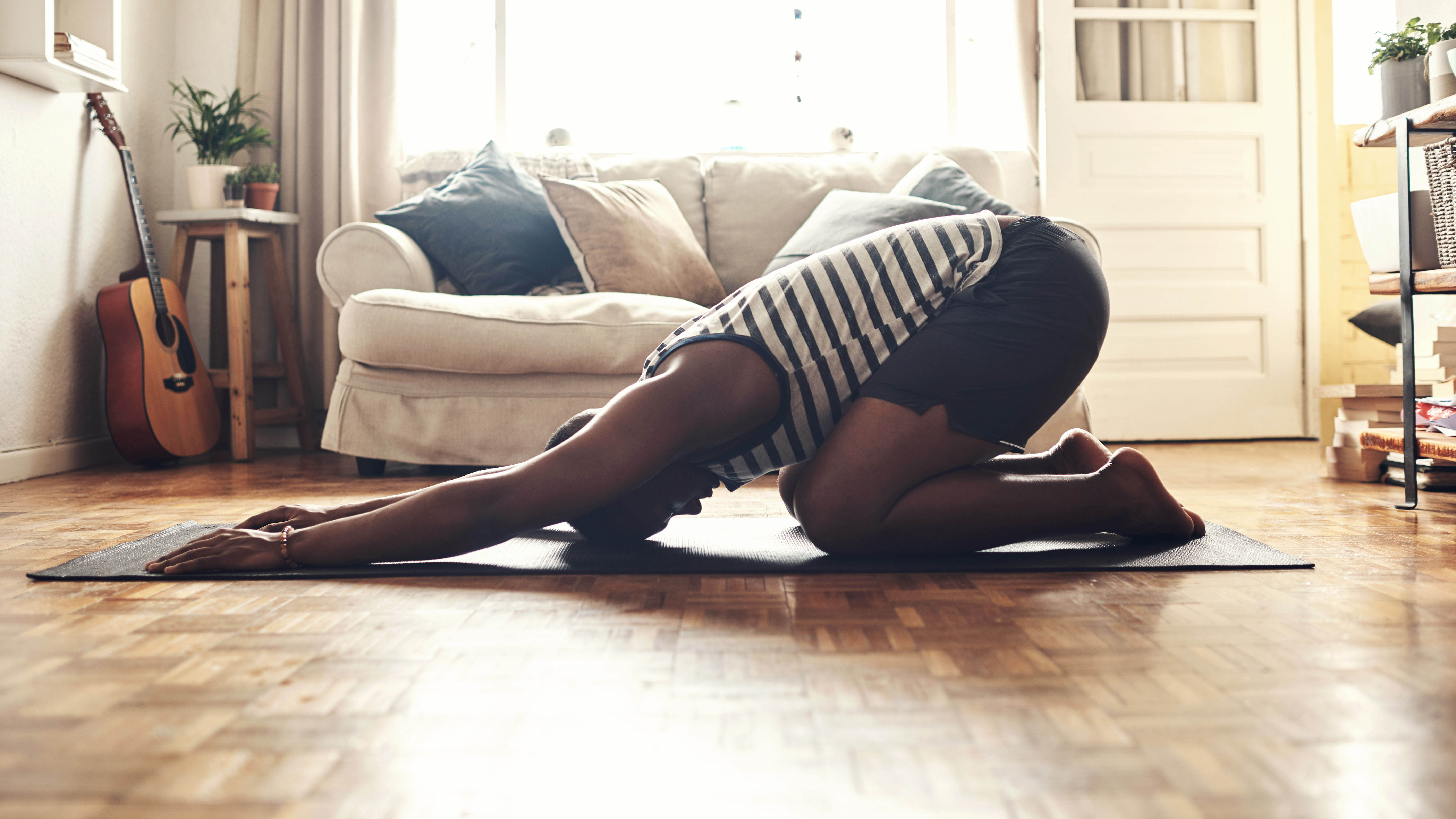
Child's pose
This focuses on the glutes, back, hips, ankles and shoulders, allowing for more movement in these areas if performed on a regular basis:
- Start on all fours (your hands and knees).
- Drop your buttocks back onto your heels.
- Stretch your hands forwards, dropping your head between your shoulders towards the floor. You will feel this stretch through your back and upper arms.
- Hold the stretch for 60 to 90 seconds.
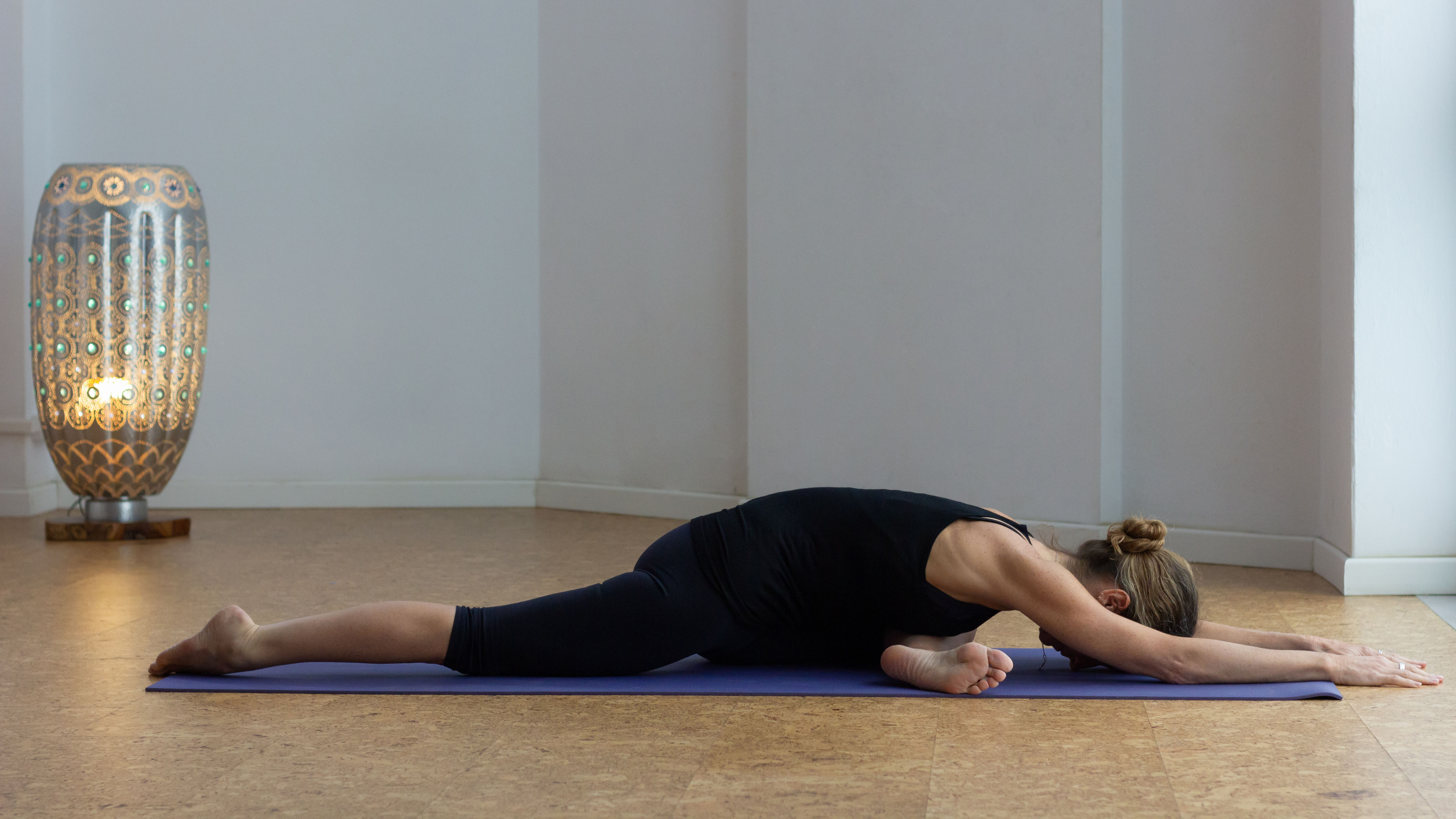
Pigeon pose
This stretch opens up your hips and loosens your lower back:
- Start on all fours (your hands and knees).
- Bring your right knee forward and get as much external rotation in your hip as you can.
- Lay your leg down on the mat and lower your chest down to the floor as far as you can. You will feel this stretch through your right buttock/hip.
- Hold the stretch for 60-90 seconds.
- Repeat for your left hip.
Stacey Carter is a Freelance Health Writer who has written print features and digital content for titles such as Woman & Home, Natural Health, Women’s Health, Get The Gloss, and Stylist. You'll find her covering a wide variety of health-based topics, talking to leading figures in the fitness industry, and investigating the latest trends in wellness. When she’s not at her laptop, weekend hikes, testing out new recipes in the kitchen and LISS-style workouts are her favourite ways to switch off.
 Live Science Plus
Live Science Plus






